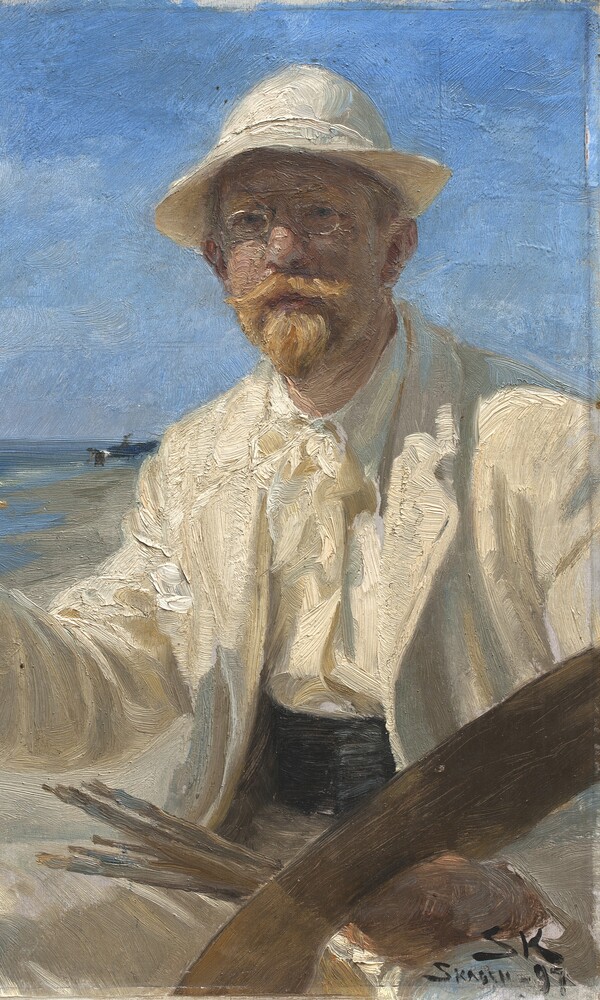A decisive shift towards modernism took place in Danish art during the 1880s: grand narratives were replaced by snapshots of reality – unvarnished depictions of Danish country life, stripped of all idealism and devoid of the pathos of history painting. In the preceding decades, artists had continued to adhere to Romantic ideals and focussed mainly on national themes. Art played such a key role in this far-reaching modernisation process, which affected many areas of Danish society at the end of the 19th century, that this period is now described as the era of the 'modern breakthrough'. Danish painters offered a new, more realistic perspective on rural life. Influenced to a certain extent by modern French art and the 'return to nature' advocated by the painters of the Barbizon School, artists such as Theodor Philipsen (1840–1920) and Joakim Skovgaard (1856–1933) also presented a different view of the Danish landscape. This involved paying particular attention to the realistic depiction of light and atmospheric conditions at different times of day and throughout the year.
The Hirschsprung Collection in Copenhagen is one of the finest and most extensive collections of 19th-century Danish painting. All the leading Danish artists of the period are represented in this collection, which was built by the tobacco manufacturer and passionate art collector Heinrich Hirschsprung (1836–1908) and has been on display in its own museum since 1911: from the painters of the 'Danish Golden Age' during the first half of the 19th century, such as Christoffer Eckersberg (1783–1853) or Christen Købke (1810–1848), through to the Danish Impressionists and Symbolists in the latter half, including the internationally renowned painters Peder Krøyer (1851–1909) and Vilhelm Hammershøi (1864–1916).
This exhibition of works from the Hirschhorn Collection is an exceptional survey of Danish art from the mid-19th century to the early 20th century, which has never been presented on this scale in Germany before.
